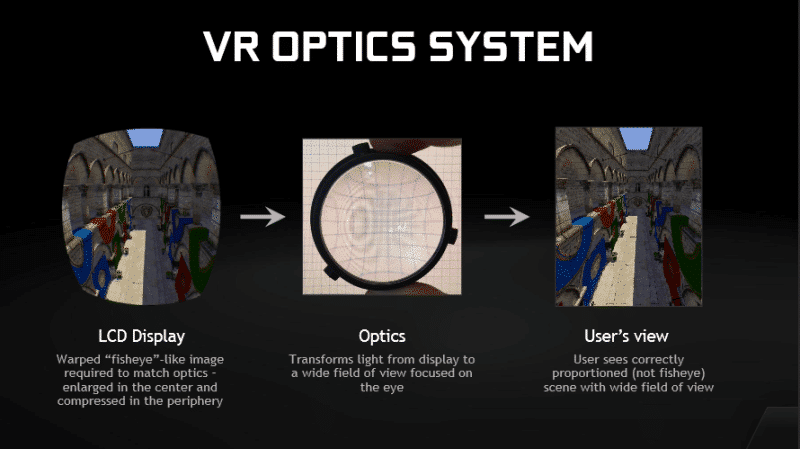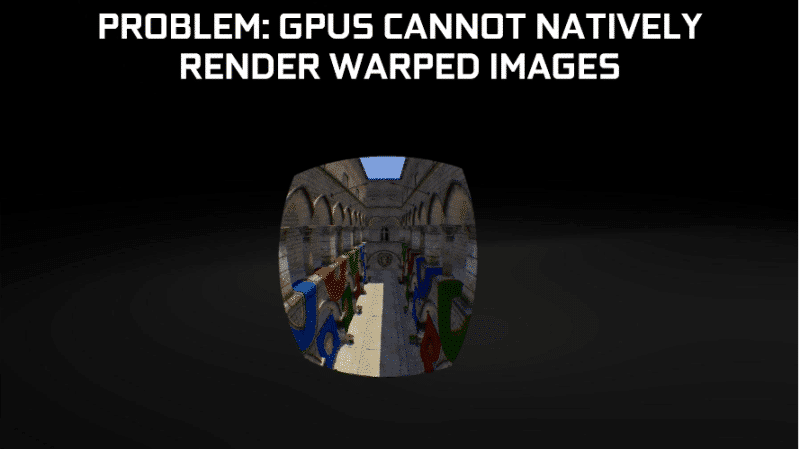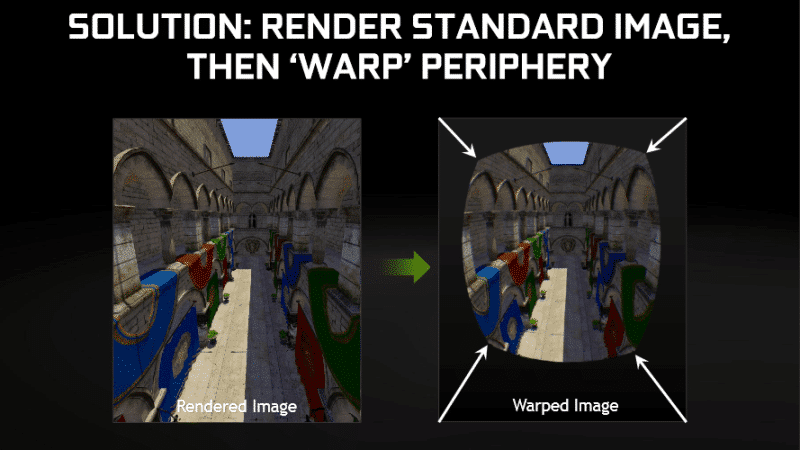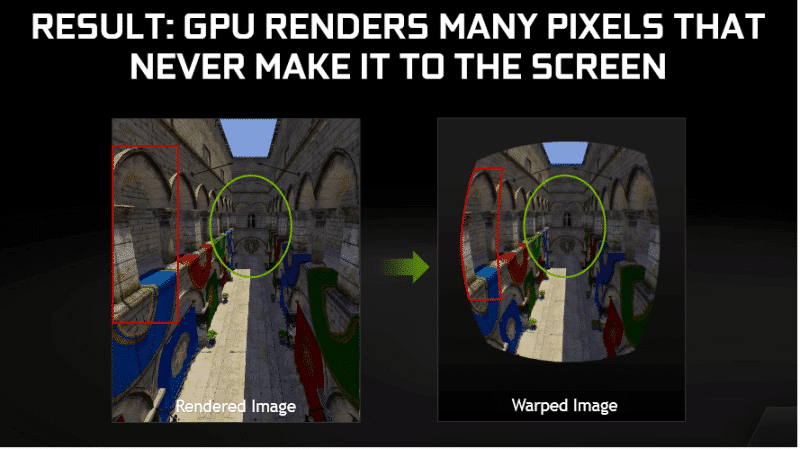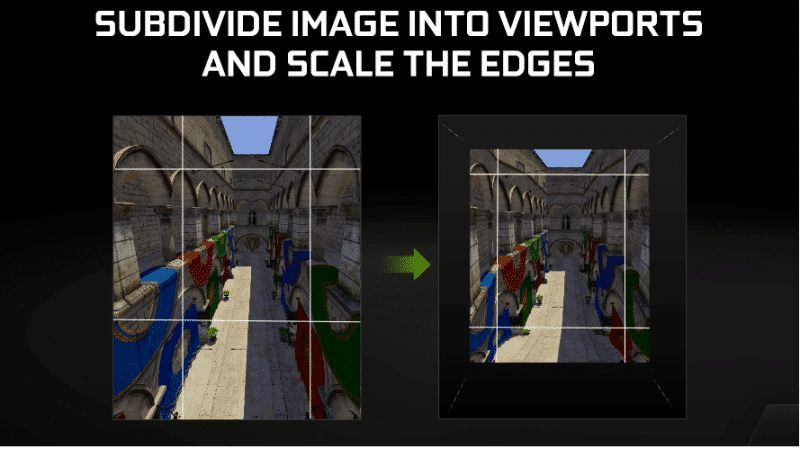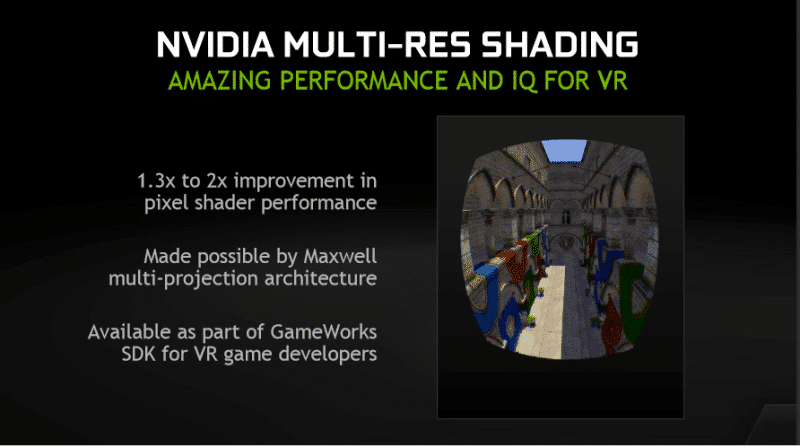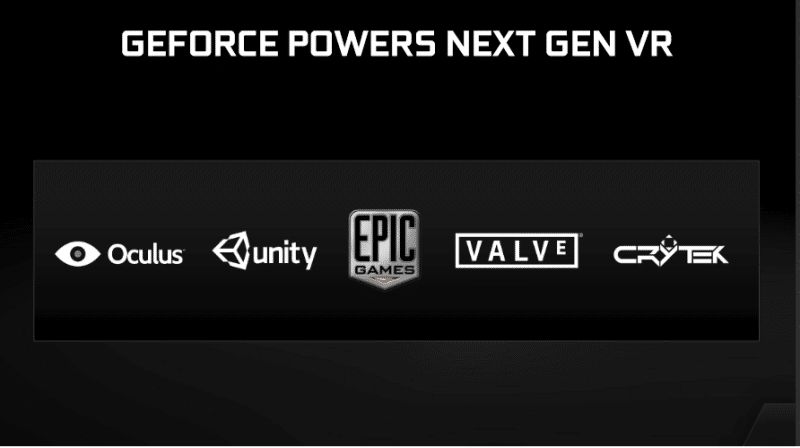NVIDIA Explain GameWorks VR
Rikki Wright / 10 years ago
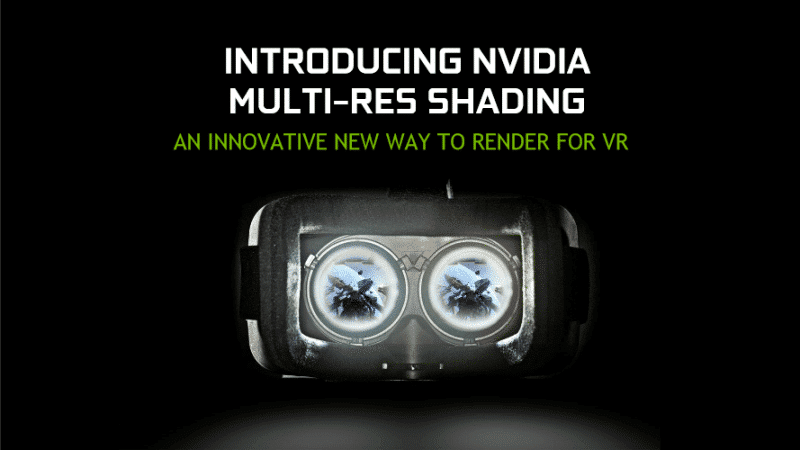
NVIDIA is at the forefront of gaming, be it offering an in-house synchronising feature called G-Sync or dealing with game developers first hand to deliver some of the best designed and visually pleasing games on the market. At a recent press conference, NVIDIA let us in on GameWorks VR.
“GameWorks VR includes:
- NVIDIA Multi-Res Shading (MRS) — An innovative new rendering technique for VR. With NVIDIA MRS, each part of an image is rendered at a resolution that better matches the pixel density of the final displayed VR image. This technology uses the multi-projection architecture of the GeForce GTX 980 Ti GPU to render multiple viewports in a single pass. The result: substantial performance improvements for VR games.
- VR SLI — Provides increased performance for VR apps. Multiple GPUs can be assigned a specific eye to dramatically accelerate stereo rendering. With the GPU affinity application programming interface, VR SLI allows scaling for PCs with two or more GPUs.
- Context Priority — Enables control over GPU scheduling to support advanced VR features such as asynchronous time warp. This cuts latency and quickly adjusts images as gamers move their heads, without the need to re-render a new frame.
- Direct Mode — Delivers plug-and-play compatibility for VR headsets. With Direct Mode, the NVIDIA graphics driver recognizes the headset as a VR display rather than a standard desktop monitor, providing a more seamless user experience.
- Front Buffer Rendering — Lets the GPU render directly to the front buffer to reduce latency.”
If you aren’t sure what the VR display system involves, here’s a breakdown. Inside the Oculus Rift Crescent Bay headset, you have twin 3K resolution displays and twin optics. When looking at an image through an optic, it gives a ‘fisheye’ effect. If you were to play the game like this, it will likely cause nausea. To view an image through a VR headset, you need to manipulate the image so it will be viewed correctly. To achieve this, the image is split up into different sectors and warped differently to react differently to the view through the optic.
